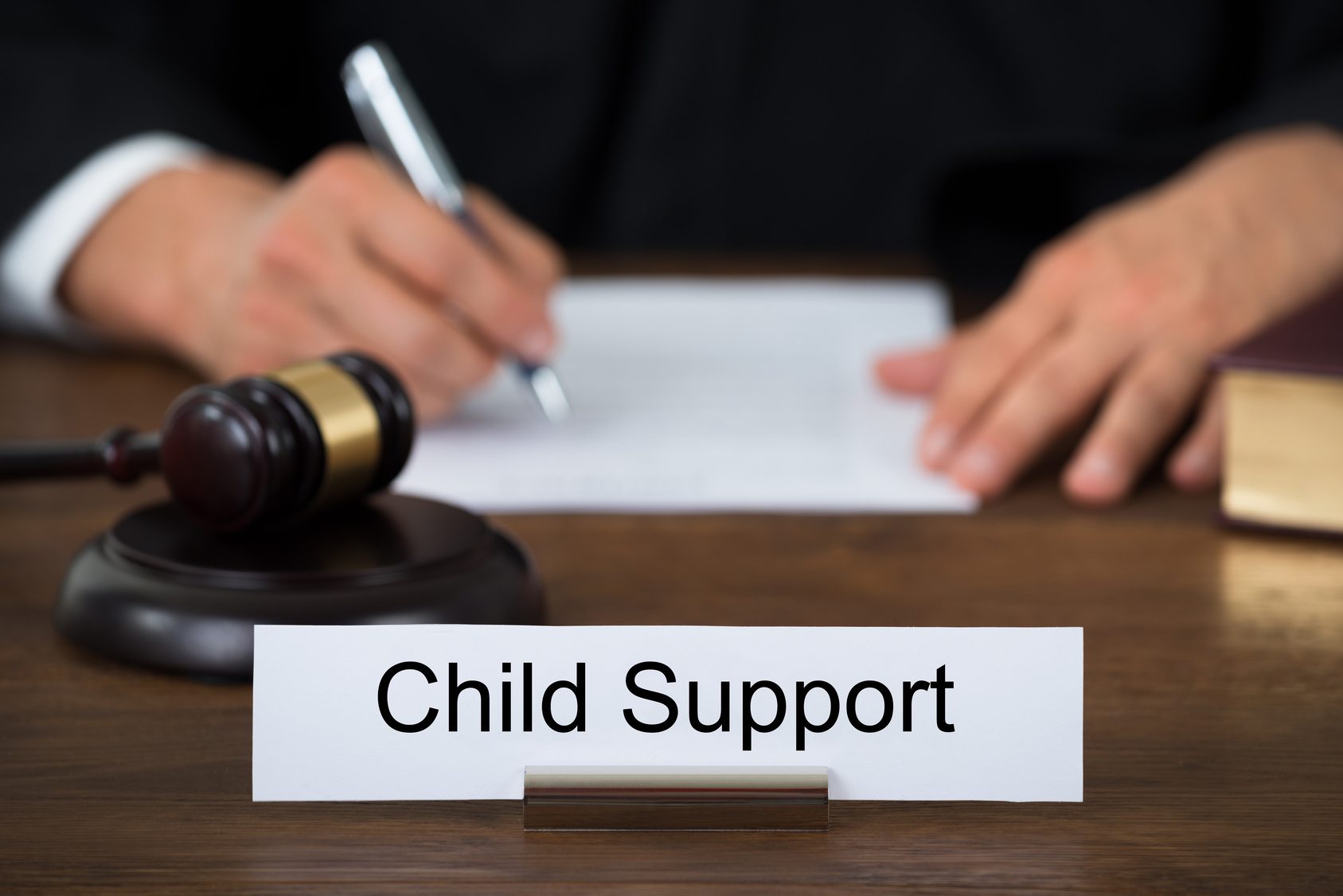Get Ready for Illinois’s Child Support Law Changes

Looking for a specific post?
There are major changes coming to the way child support is calculated in Chicago, Illinois. Beginning on July 1, 2017, these changes will take effect. What do you need to know? In short, the state of Illinois will shift from a “percentage of net income” model of child support to an “income shares” model of child support. This means that courts no longer will take a percentage of the payor parent’s net income in awarding child support, but instead will examine the family situation in a more holistic way to determine how child support will be calculated.
To help you get ready for the changes, we want to discuss the motivations for revising the law as well as the likely outcomes for families in different scenarios. If you have questions about child support, you should reach out to an experienced Chicago family law attorneys as soon as possible.
Background to Child Support Laws
For a number of years, advocates of the “income shares” model have been pushing for Illinois to amend its laws. For instance, this article argued, back in 2009, that a large majority of states throughout the U.S. already had adopted the “income shares” model of child support, and that the percentage of income model, currently in use in Illinois, simply does not create egalitarian or realistic child support obligations.
What makes the percentage of income model unfair? As the article clarifies, this model (which is still in effect in Illinois and will be until July 1, 2017) only takes into account the income of the noncustodial parent in determining a child support award. It does not look at shared parenting matters, such as parenting time (what we used to call physical custody), or the income of the noncustodial parent. While this model makes it easy to determine a child support amount—the court simply takes a percentage of the payor parent’s net income depending upon the number of children for whom support is awarded—many parties argue that it is not the fairest or most egalitarian method of calculating support.
What makes the income shares model better? First, it is the most commonly used model among states throughout the country. Second, it takes into account the incomes of both parents and determines what percentage of income would be spent on the child if the parents were living together in an intact household. The court then seeks to keep that level of support for the child, suggesting that the economic well-being of the child remains the same even though the parents get divorced. Then, the court takes into account issues like parenting time, or the amount of time the child spends with each parent. Presuming a situation of equally shared parenting time, the court then determines what percentage of each parent’s income would go to the support of the child. If one parent earns substantially more than the other, she or he still may pay child support to the other parent, but the process no longer assumes an obligation solely of the payor parent.
Making Revisions to Illinois Child Support Law and Adopting the Income Shares Model
How have requests for the income shares model made their way through state lawmaking bodies? Legislators began meeting to consider legislation that would change the way that child support is calculated in the state. In 2012, the Illinois Department of Healthcare and Family Services, Division of Child Support Services, submitted a proposal to adopt the income shares model to the Illinois General Assembly.
In August of 2016, Governor Rauner signed House Bill 3982 into law. HB 3982 provides for the institution of the incomes shares model in Illinois child support law. As we mentioned, the law takes effect in July of this year. While the incomes shares model likely will make child support calculations more complicated, advocates of the revision to the law argue that the income shares model will level the playing field, so to speak, and institute a fairer system of determining child support obligations.
Contact a Chicago Child Support Lawyer
Do you have questions about how the new child support law will affect you? A Chicago child support attorney can help. Contact Arami Law today to discuss your situation.


